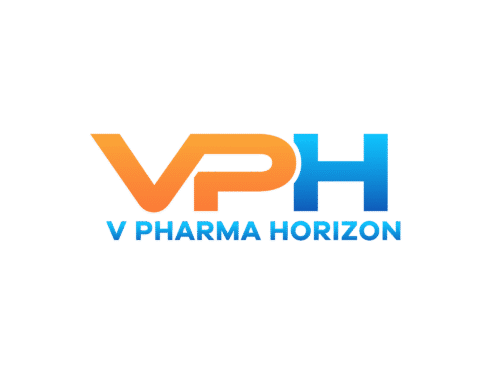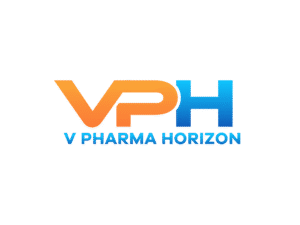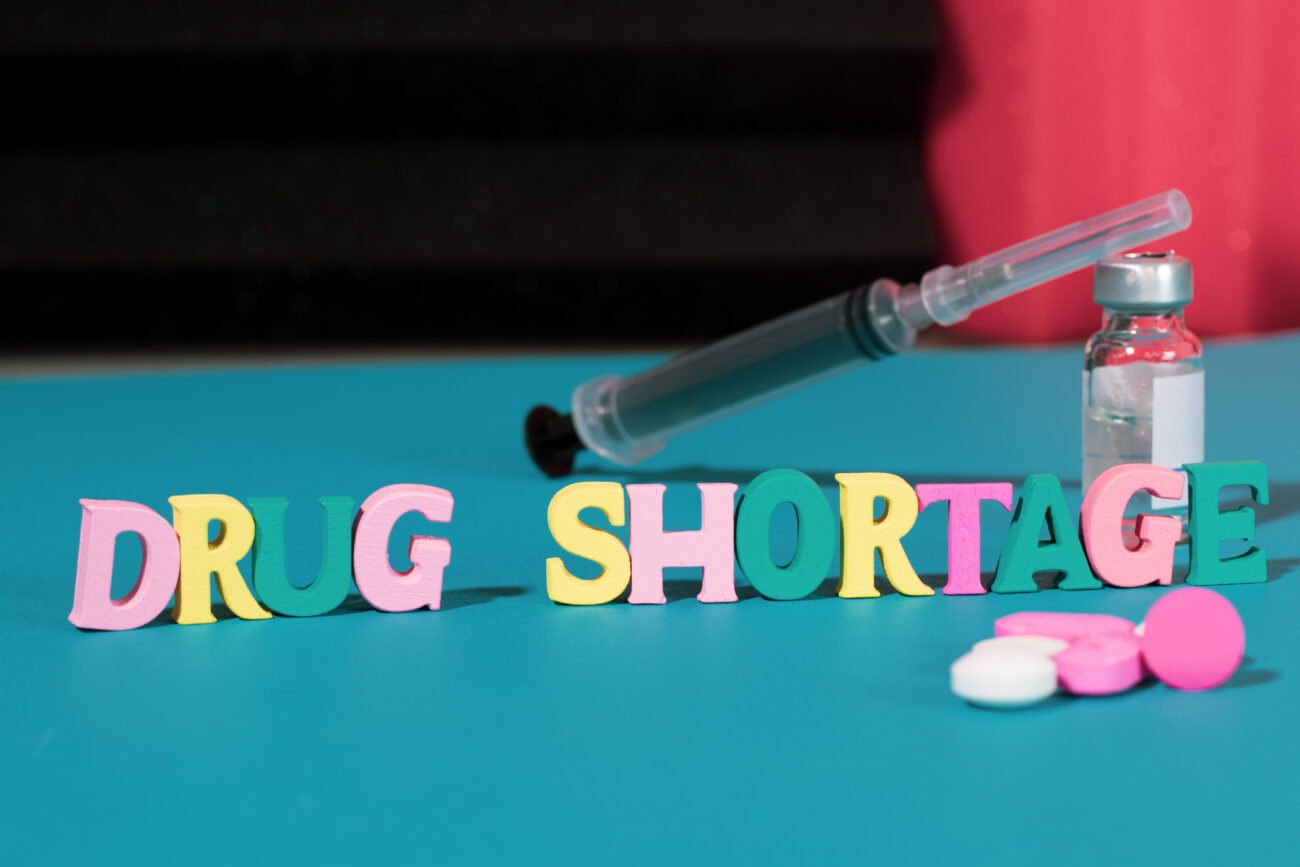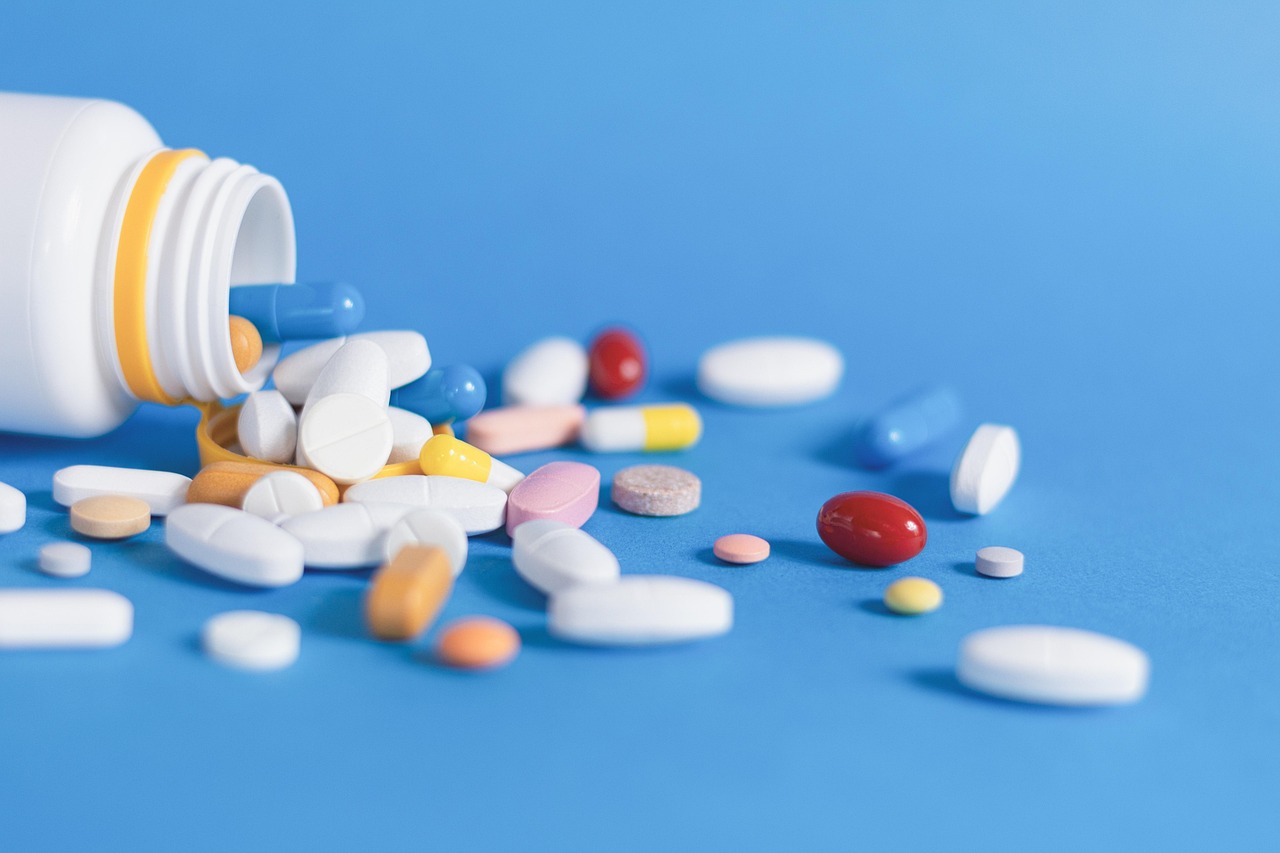AI-Driven R&D: How Pharma Companies are Building Tech Partnerships to Innovate Faster
In an era where speed, precision, and personalization are becoming paramount in drug development, pharmaceutical companies are turning to artificial intelligence (AI) not just as a tool—but as a strategic ally. AI-driven research and development

In an era where speed, precision, and personalization are becoming paramount in drug development, pharmaceutical companies are turning to artificial intelligence (AI) not just as a tool—but as a strategic ally. AI-driven research and development (R&D) is reshaping the pharmaceutical landscape, and at the heart of this transformation lies a growing network of tech partnerships aimed at accelerating innovation and reducing time-to-market.
The Pressure to Evolve
The traditional drug discovery and development pipeline can take over a decade and cost billions. Faced with growing pressure to improve ROI, address unmet medical needs, and respond faster to emerging health threats (like COVID-19), pharma companies are reimagining their R&D models. Enter AI—capable of analyzing massive datasets, predicting molecular interactions, and streamlining clinical trials with unprecedented efficiency.
However, building AI expertise from scratch is not feasible for most pharma giants. Instead, they’re joining forces with tech companies, AI startups, and academic labs to embed cutting-edge digital capabilities into their R&D processes.
Strategic Tech Collaborations
Pharma-tech partnerships are flourishing across the globe. Leading examples include:
- Sanofi and Exscientia: This collaboration leverages Exscientia’s AI platform to design novel small-molecule drugs, with a focus on oncology and immunology. The AI models help Sanofi rapidly prioritize targets and reduce development cycles.
- Pfizer and IBM Watson: Pfizer uses IBM Watson’s AI capabilities to sift through scientific literature and clinical trial data, accelerating drug discovery in oncology by identifying viable therapeutic candidates more efficiently.
- GSK and Cloud Pharmaceuticals: GSK has collaborated with Cloud Pharmaceuticals to co-develop AI-designed molecules, pushing forward early-phase discovery.
These partnerships are not just about outsourcing innovation—they represent a fundamental shift in R&D culture, moving toward agile, data-centric ecosystems that blend biotech acumen with digital intelligence.
Where AI Delivers Impact
AI is now integrated across several key stages of the pharma R&D pipeline:
- Target Identification and Validation: AI algorithms analyze genomics, proteomics, and clinical datasets to identify new drug targets with higher biological relevance.
- Drug Design and Optimization: Generative AI models are designing candidate molecules, predicting their behavior, and simulating efficacy before a single lab test is run.
- Clinical Trial Design: AI helps identify suitable patient populations, predict outcomes, and optimize protocols to increase the chances of trial success.
- Biomarker Discovery: AI tools mine patient data for biomarkers that can indicate treatment response, paving the way for personalized medicine.
Benefits of AI-Driven R&D Partnerships
- Speed: AI significantly shortens discovery timelines—from years to months in some cases.
- Cost Reduction: By filtering out non-viable compounds early, companies save on expensive late-stage failures.
- Risk Mitigation: AI-driven insights improve decision-making, reducing regulatory and market risks.
- Innovation at Scale: With access to AI talent and platforms, pharma firms can run more projects concurrently, exploring new disease areas and modalities.
Challenges and Considerations
Despite the potential, these partnerships also face challenges:
- Data Silos: Integrating disparate datasets across companies requires robust data governance and interoperability.
- Intellectual Property (IP): Joint IP ownership can be complex in AI collaborations, especially when algorithms evolve.
- Regulatory Uncertainty: Regulatory frameworks are still catching up with AI-generated drug candidates and trial designs.
- Cultural Differences: Tech startups operate at a different pace and culture compared to large pharma corporations, requiring mutual adaptation.
The Future: Co-Innovation Hubs
Looking ahead, the most forward-thinking companies are not just forming one-off collaborations—they’re establishing co-innovation hubs. These hubs bring together multidisciplinary teams from pharma, tech, academia, and regulatory bodies to solve specific R&D challenges collaboratively, using AI as the engine.
Such environments foster real-time data exchange, co-development of tools, and iterative experimentation—setting the stage for faster, smarter, and more impactful pharmaceutical innovation.
AI-driven R&D is no longer a futuristic vision—it’s a competitive necessity. By forging strategic tech partnerships, pharma companies are dismantling the inefficiencies of traditional R&D and ushering in a new era of precision, agility, and innovation. As these collaborations deepen, the industry can expect to deliver life-saving treatments to patients faster, safer, and with greater scientific confidence than ever before.






